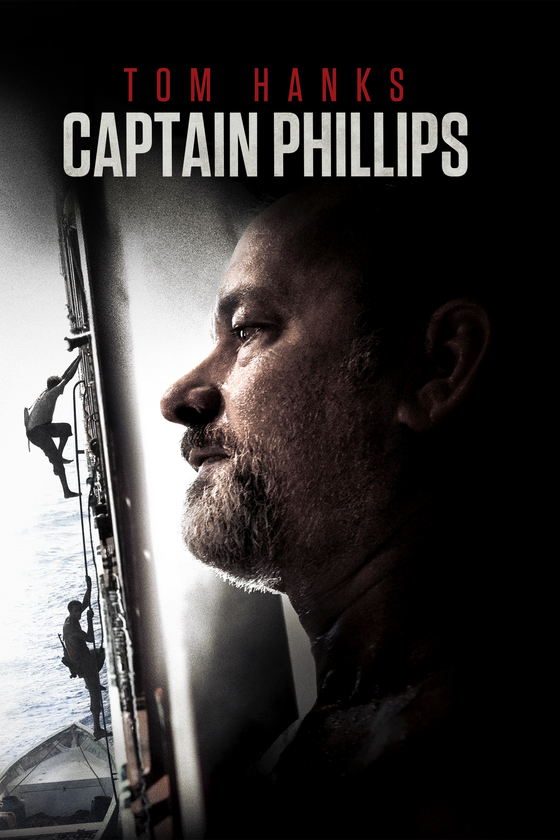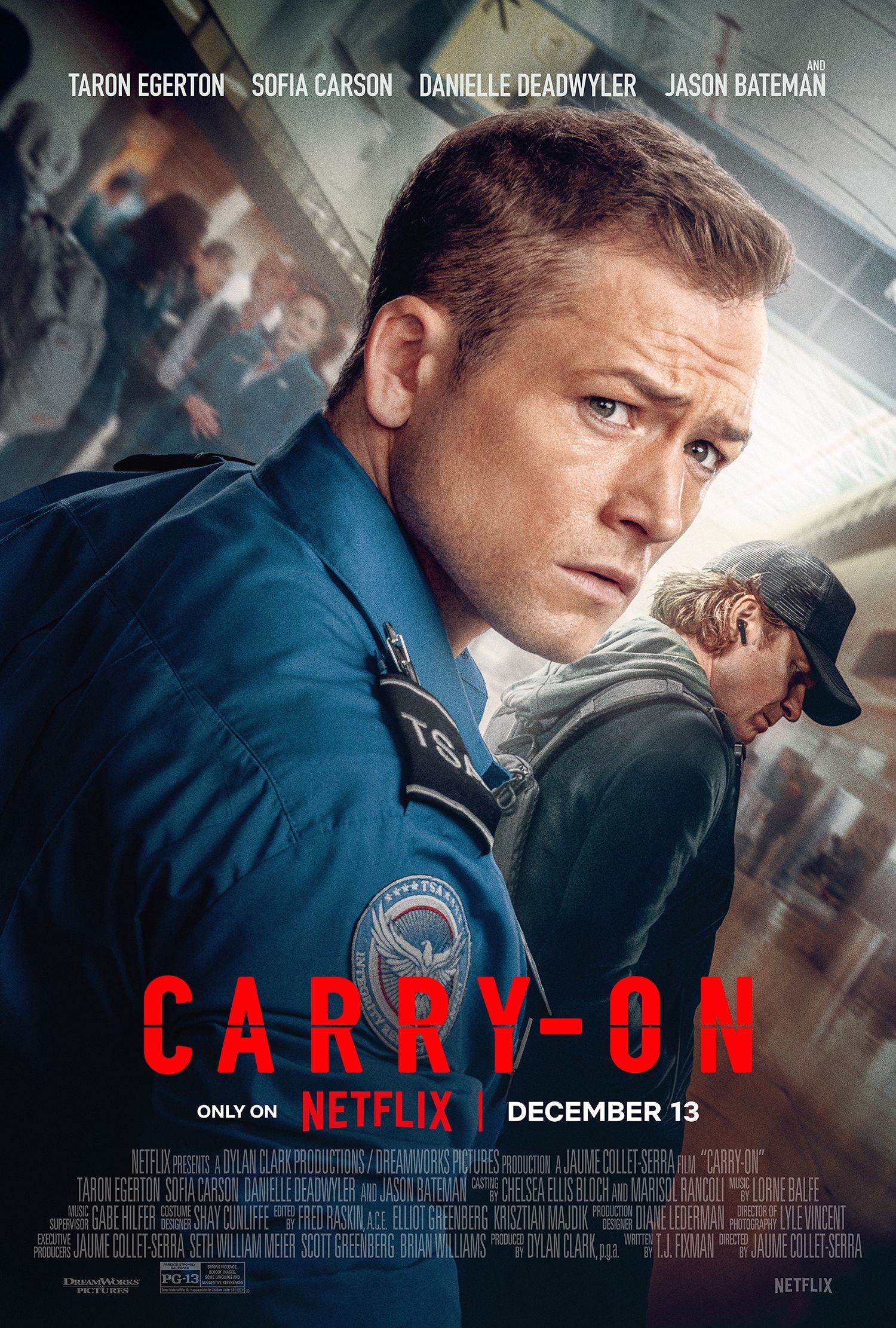The events that unfolded on the Maersk Alabama, a cargo ship sailing through the Gulf of Aden in 2009, captivated the world’s attention with a tale of piracy, bravery, and international cooperation. The story, which was later dramatized in the movie “Captain Phillips,” directed by Paul Greengrass and starring Tom Hanks, is a complex and multifaceted one, filled with moments of heroism and the harsh realities of modern piracy. To understand the true story behind the movie, it’s essential to delve into the backgrounds of the individuals involved, the socio-economic context of the region, and the political factors that played a role in the crisis.
Introduction to the Maersk Alabama Crew
The Maersk Alabama, with its crew of 21, was on a mission to deliver aid to Kenya and other African nations when it found itself in the crosshairs of Somali pirates. The crew, led by Captain Richard Phillips, a seasoned mariner with years of experience, was a diverse group of individuals from different walks of life, each with their own motivations for being on the ship. Captain Phillips, known for his no-nonsense approach to command, had been warned about the dangers of piracy in the area but was determined to deliver his cargo safely.
The Somali Pirates
On the opposite side of the equation were the Somali pirates, a group of young men from a war-torn and impoverished nation. Somalia, lacking a stable government since the early 1990s, has struggled with issues of poverty, lack of infrastructure, and the rule of law. The pirates, often portrayed as mindless bandits, were in many cases young men seeking financial stability and a way to support their families in a country devoid of opportunities. Their actions, while criminal and dangerous, were also symptomatic of deeper systemic issues that have plagued Somalia for decades.
The Hijacking
The hijacking of the Maersk Alabama was a daring operation carried out by four pirates, who managed to board the ship despite the efforts of the crew to evade them. The pirates, armed with automatic weapons and rockets, quickly took control of the bridge, leading to a tense standoff between them and the crew. In an effort to protect his crew, Captain Phillips offered himself as a hostage, a move that would later be seen as both heroic and controversial.
The Rescue Operation
The subsequent rescue operation, carried out by the U.S. Navy, was a complex affair involving negotiations, tactical maneuvers, and the eventual use of force. The pirates, demanding a ransom for the release of Captain Phillips and threatening to kill him if their demands were not met, found themselves in a desperate situation. The U.S. Navy, with the USS Bainbridge and other ships, formed a cordon around the lifeboat where Captain Phillips was being held, engaging in a cat-and-mouse game with the pirates.
The Aftermath
The eventual rescue of Captain Phillips, who was freed after a dramatic operation involving Navy SEAL snipers, was met with relief and celebration around the world. The incident highlighted the ongoing problem of piracy off the coast of Somalia and led to increased international cooperation to combat the issue. The Maersk Alabama incident also raised questions about the legal framework for dealing with piracy, the role of private security firms, and the broader socio-economic factors that drive young men to engage in such dangerous activities.
The Movie Adaptation
The movie “Captain Phillips,” while based on the true story, also takes creative liberties to enhance the narrative and emotional impact. The film portrays Captain Phillips as a heroic figure who risks everything to save his crew, and it dramatizes the standoff between the pirates and the U.S. Navy. However, some crew members have criticized the film for its inaccuracies and for portraying Captain Phillips in a more favorable light than he perhaps deserves. The controversy surrounding the movie’s accuracy serves as a reminder of the complexities of real-life events and the challenges of capturing them on film.
The Human Factor
At the heart of the Maersk Alabama story is the human factor—the bravery, the desperation, the camaraderie, and the conflict that defined the experiences of both the crew and the pirates. The story is a powerful reminder of the complexities of international relations, the challenges of global trade, and the enduring power of human resilience in the face of adversity. It also underscores the need for a comprehensive approach to addressing piracy, one that includes not just military action but also economic development, legal reform, and international cooperation.
Conclusion
The true story of the Maersk Alabama is a testament to the complexities of the modern world, where the paths of individuals from vastly different backgrounds can intersect in unexpected and dramatic ways. It is a story of courage and desperation, of international intrigue and local woes, and ultimately, of the human spirit’s capacity to endure and prevail. As the world continues to grapple with the challenges of piracy, terrorism, and global insecurity, the story of the Maersk Alabama serves as a poignant reminder of the need for empathy, understanding, and collective action in addressing the root causes of conflict.
FAQ Section
What were the reasons behind the Somali pirates' decision to hijack the Maersk Alabama?
+The Somali pirates' decision to hijack the Maersk Alabama was largely driven by economic motivations, seeking ransoms from ship owners. However, it's also important to consider the broader socio-economic context of Somalia, including poverty, lack of employment opportunities, and the destabilization of the country.
How did the international community respond to the hijacking of the Maersk Alabama?
+The international community responded with a combination of military action, diplomatic efforts, and economic measures. The U.S. Navy played a central role in the rescue operation, while other nations provided support and called for increased cooperation to combat piracy in the region.
What lessons can be learned from the Maersk Alabama incident in terms of preventing future piracy attacks?
+The Maersk Alabama incident highlights the importance of international cooperation, the need for effective security measures on ships, and the requirement for a comprehensive approach that addresses the root causes of piracy, including poverty, instability, and lack of governance in affected regions.
How accurate is the movie "Captain Phillips" in depicting the real events of the Maersk Alabama hijacking?
+While the movie "Captain Phillips" is based on the true story, it takes some creative liberties. The film has been criticized by some crew members for its portrayal of Captain Phillips and the events that unfolded. It's essential to separate the cinematic depiction from the real events and understand that the movie is an adaptation rather than a documentary.
What role does the socio-economic context of Somalia play in the story of the Maersk Alabama?
+The socio-economic context of Somalia is crucial in understanding the motivations behind the hijacking. The country's instability, lack of economic opportunities, and the impact of external factors have all contributed to an environment where piracy can thrive. Addressing these underlying issues is essential for preventing future acts of piracy.
Key Takeaways
- International Cooperation: The Maersk Alabama incident underscores the importance of international cooperation in combating piracy and addressing its root causes.
- Economic Development: Economic development and the creation of job opportunities in regions prone to piracy are critical for reducing the appeal of such activities.
- Legal and Military Action: A combination of legal frameworks, military action, and private security measures is necessary for deterring piracy.
- Humanitarian Perspective: Understanding the humanitarian aspects of piracy, including the impact on crew members, their families, and the communities involved, is essential for developing effective strategies.
Pro and Con Analysis
Private Security Firms on Ships: Weighing the Pros and Cons

Pros
- Deterrent Effect: The presence of armed guards can deter pirates from attempting to hijack a ship.
- Swift Response: Private security teams can respond quickly in the event of an attack, potentially preventing the situation from escalating.
- Expertise: Private security firms often employ former military personnel with the training and expertise to handle high-pressure situations effectively.
Cons
- Legal Complications: The use of private security firms raises legal questions, especially regarding the use of force and the jurisdiction of such actions.
- Cost: Hiring private security firms can be expensive, adding to the operational costs of shipping companies.
- Risk of Escalation: The presence of armed guards could potentially escalate situations, leading to more violence and risk to all parties involved.
Conclusion and Future Directions
The story of the Maersk Alabama serves as a powerful reminder of the complexities and challenges of the modern world, where issues of security, economics, and international relations intersect. As the world continues to evolve, addressing the root causes of piracy and other forms of instability will be crucial for creating a safer, more secure environment for global trade and development. The lessons learned from the Maersk Alabama incident can inform future strategies for combating piracy, emphasizing the need for a multifaceted approach that includes economic development, legal reform, and international cooperation.



